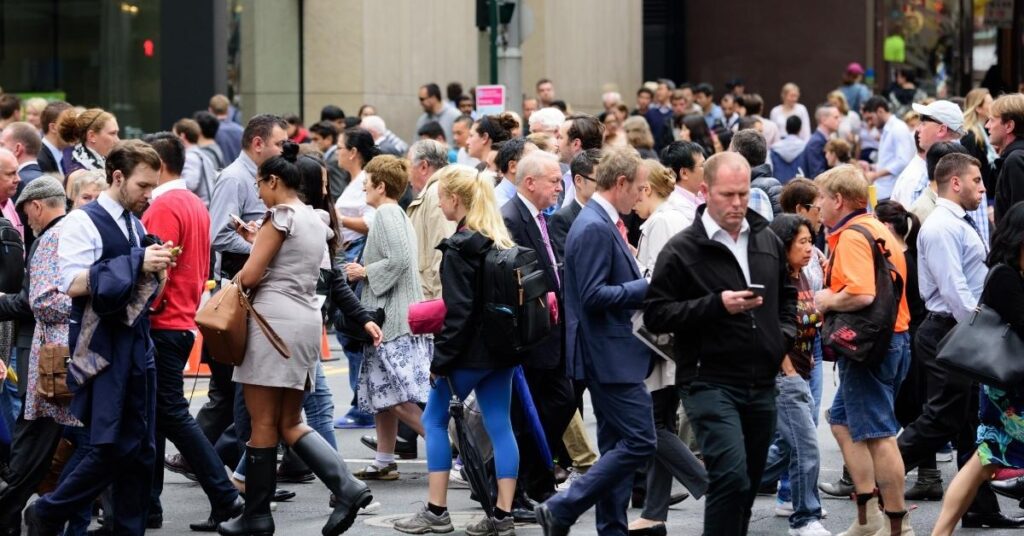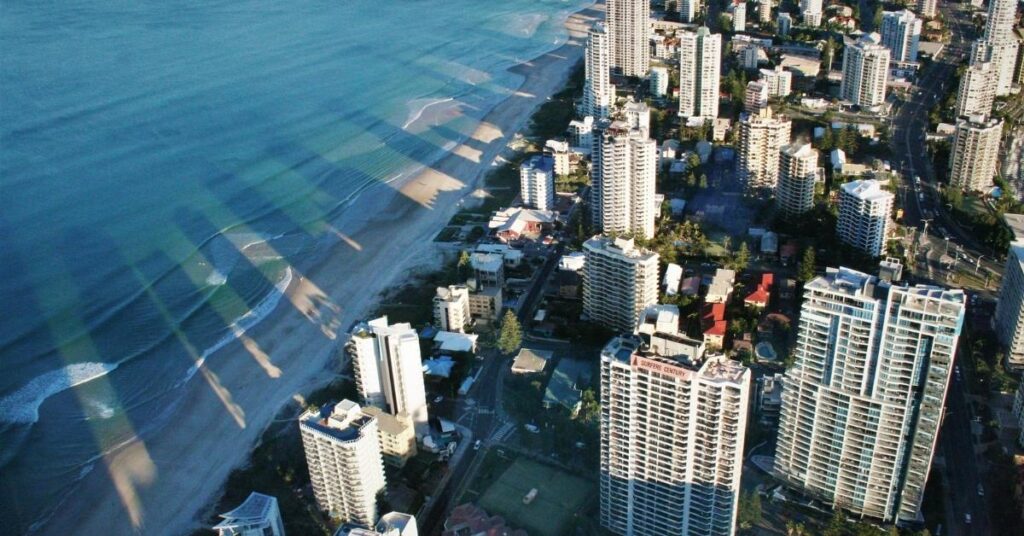Australia’s diverse population has shaped the country as one of the most unique markets in the world. The steady growth of expats, inclusive communities and its strategic position between Asia-Pacific, European and American countries are key characteristics that marketers should not neglect.
The differences between the Australian consumer market and nearby markets meant marketers may face difficulties translating their successful campaigns to the Oceania country. Understanding the demographic of the target market is critical to the success of any marketing campaign. Here are the demographic details of Australia, brought to you by The Comma Creative.

The Demographic
Australia has a population of 25,600,000 people (as of 30 June 2020), with a growth of 320,000 annually. 57.3% of the annual growth accounts for overseas migration (184,200), while the remaining 42.7% are natural increases (137,100).
Within Australia, 57% of the population is located in New South Wales (8,164,000) and Victoria (6,694,000). Migration is leading the population growth in most states except Queensland, Australian Capital Territory and Northern Territory (which actually recorded a loss).
Comparing regional and metropolitan areas of Australia, 66.8% of the population lives in the metropolitan area. The two major cities, Sydney (5,312,000) and Melbourne (5,078,000) continue to receive the largest population growth in the 2018-19 financial year.
Expats contribute to 29.7% of the Australian population. The top five countries that most of the Australian population was born in other than Australia in descending order are England, China, India, New Zealand and the Philippines. Most ex-pats were aged 30-34 (2.9%) in 2019, compared to 45-49 years in 2009.
The most numbers of oversea-born residents in each state and territory in 2016 were as follows:
- New South Wales – China
- Victoria – England
- Queensland – New Zealand
- South Australia – England
- Western Australia – England
- Tasmania – England
- Northern Territory – Philippines
- Australian Capital Territory – England
64.3% of overseas migrants are on temporary visas; 15.3% of them are on permanent visas; and, 13.9% are Australian citizens.
The areas with the highest overseas migration in 2018-19, in descending order, are Inner Melbourne, Southeast Melbourne, Melbourne West, Inner South West of Sydney and Parramatta in Sydney. But in terms of interstate migration, Brisbane gained the highest number of influx (15,914) while Melbourne (2,252) and Hobart (986) had a minor gain. All other capital cities, including Sydney (-25,555), Adelaide (-3,914), Darwin (-3,213), Perth (-1,402) and Canberra (-194), have all recorded a population loss in 2018-19.

What are the trends?
The recent drop in immigration due to COVID-19 has pressed the Australian Federal Government to review its current policies. The news suggested that policies will be reformed to adapt to the changing situation and provide longer staying options in Australia.
Permanent and temporary visa policies are being reviewed to offer a chance to stay for occupations that can support economic growth after the 2019 Australian bushfire and COVID-19. However the quotas for different permanent visas have also been reallocated to reflect the changing situation.
Within Australia, a redistribution of the population is also being observed amid COVID-19. Working-from-home arrangements have encouraged more Australians to move to rural areas and less busy cities, such as the Gold Coast and Perth. This is reflected in the increasing property prices in suburban areas.

So, in marketing…
The drop in immigration was not expected to continue when international borders reopened. Businesses targeting expats may shift their focus in marketing to those looking to migrate to Australia as a long-term growth strategy. The change in permanent and temporary visa policies might also be an opportunity for businesses to extend or expand their offerings to expats.
The local Australian market has not been severely damaged by COVID-19, thanks to relatively lower case numbers in Australia than in other countries that allowed the continuation of business activities. While some businesses have unfortunately closed down, most losses are confined to industries, such as retail and food & beverages, that can grow without extensive infrastructure support.
The population redistribution, however, may be critical for businesses to consider their strategies. The spread of the population to smaller cities and regional areas could lead to higher demand in e-commerce and increased demand in logistics, with ex-metropolitan residents bringing their convenient lifestyles to regional areas.
Looking for growth opportunities in Australia?
The Comma Creative is a marketing agency based in Melbourne with deep experience in assisting start-ups in Australia. Contact us for more details.



